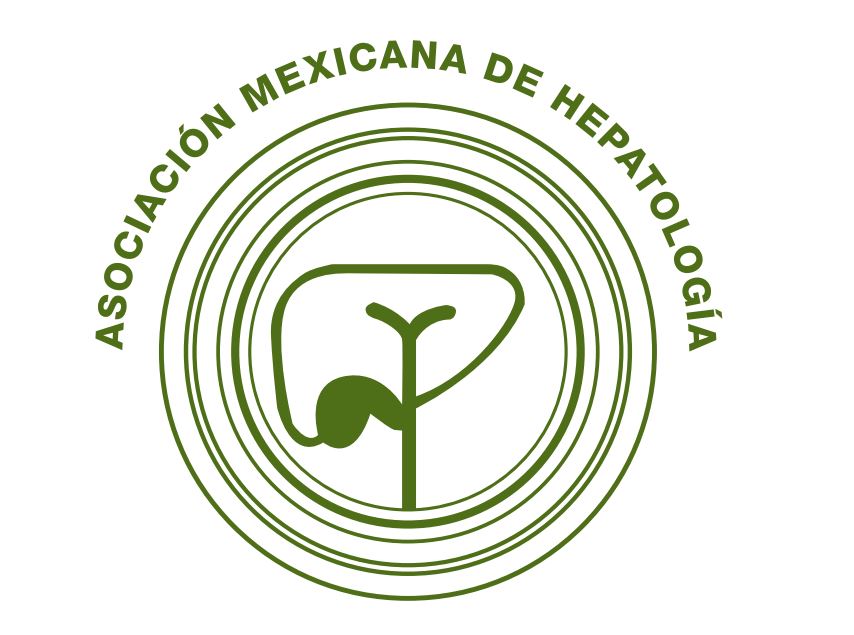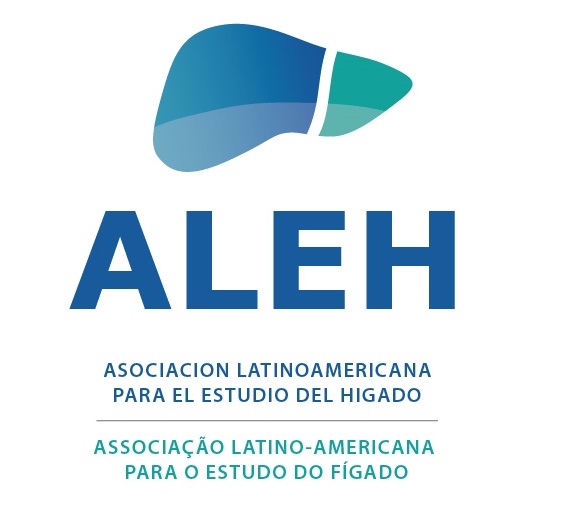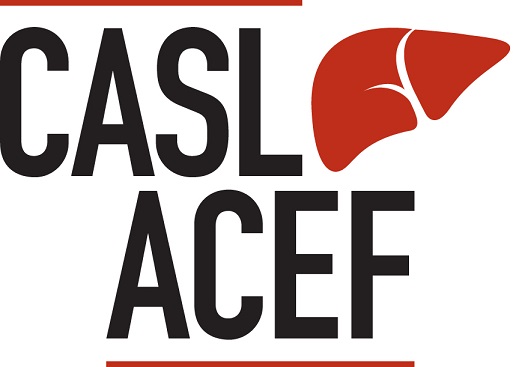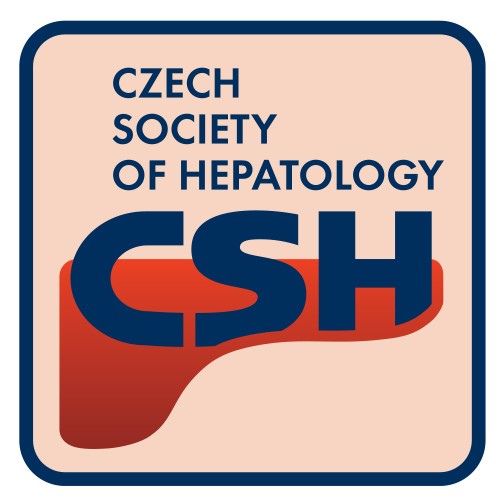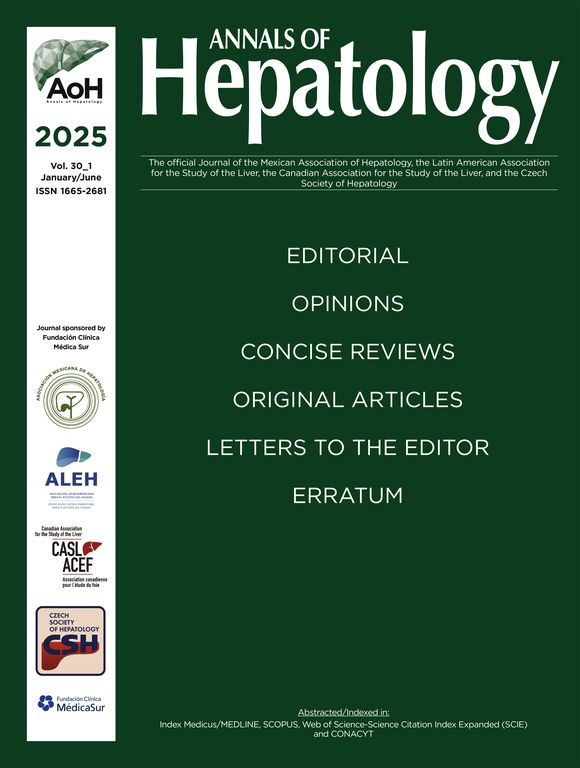
Abstracts Asociación Mexicana de Hepatología (AMH) 2024
More infoIntrahepatic cholestasis is the partial/total obstruction of bile flow, with inflammation and increased reactive oxygen species (ROS). Previous studies indicate that hepatocyte growth factor (HGF) generates hepatoprotective effects in alpha-naphthylisothiocyanate (ANIT)-induced cholestasis. We focused on characterizing the mechanisms of HGF-induced protection in cholestasis.
Materials and MethodsMale CD1 mice aged 8-10 weeks were randomly divided into 4 experimental groups: 1) untreated control group (NT), 2) ANIT-treated group via intragastric administration at a dose of 60 mg/kg, 3) ANIT+HGF-treated group, where HGF will be administered at a dose of 10 μg/kg intravenously 24 hours after ANIT administration, and 4) control group treated only with HGF. Mice were sacrificed at 30 h, 36 h, and 48 h post-treatment initiation for liver tissue and serum collection. The collected samples were used for biochemical assays, Western Blot, TBARS, and H&E staining.
ResultsThe histological results suggest that HGF can reverse the cholestatic damage observed in time-independent H&E stains, which impacts the architecture of the liver parenchyma, through the decrease in inflammatory infiltrate corroborated with the reversal of the size of the sinusoid area. It was also observed that pyknotic nuclei decrease, which suggests a decrease in cell death as well as an increase in proliferation. These results at the cellular level also impact the decrease in markers of damage at the serum level, such as transaminases, and the decrease in liver size to normal levels. It was also observed that HGF modulates the production of ROS through decreased lipoperoxidation over time, which may be one of the main causes of its hepatoprotective effect in experimental cholestasis. That is why we evaluated the effect of N-acelticistein (NAC) as a therapeutic proposal for cholestasis. The proteomic results indicated that NAC increases the protein content of the glutathione system to decrease damage.
Conclusions: HGF regulates a hepatoprotective response by modulating ROS, which favors the reduction of tissue damage reduction and the antioxidant response through the glutathione system. On the other hand, NAC could be suggested as a therapeutic option in cholestatic disease.
Ethics statement: The care and management of the experimental subjects were carried out following the ethical guidelines established by the Universidad Autónoma Metropolitana (UAM) and the National Institutes of Health of the United States (NIH) and in accordance with the Official Mexican Standard (NOM-062 -ZOO-1999).
Declaration of interests: None.
Funding: This work was partially funded by a grant from the National Council of Science and Technology (CONACYT): CB-A1-S-38154, CB-252942, Infra-2017 280788, and Universidad Autónoma Metropolitana-Iztapalapa (UAM-I).





